This is an important engineering tool when an asset has no original design information, or has outlived its useful life. This technique is applicable to equipment operating in high-temperature and/or cyclic service or assets that have suffered any event that may affect its serviceability such as high temperatures, overloads, or fire.
This inspection enables us to adapt the inspection procedures (frequency, nature and scope of checks) to the risks identified (probability of failure, consequences of failure).
– Visual inspection according to API 510
– Thickness measurement by robotic carriage B-Scan, C-Scan and scanning
– Geometric control
– Assessing the integrity of pressure vessels
– Baremage of Pressure Vessels
– Acoustic emission control
– Visual inspection according to API 510
– Thickness measurement by robotic carriage B-Scan, C-Scan and scanning
– Geometric control
– Assessing the integrity of pressure vessels
– Baremage of Pressure Vessels
– Acoustic emission control
– Visual inspection to API 570
– Pipe integrity assessment
– Thickness measurement by robotic carriage B-Scan, C-Scan and scanning
– Leak detection
– Guided wave control Guided waves
– Visual inspection to API 570
– Pipe integrity assessment
– Thickness measurement by robotic carriage B-Scan, C-Scan and scanning
– Leak detection
– Guided wave control Guided waves

